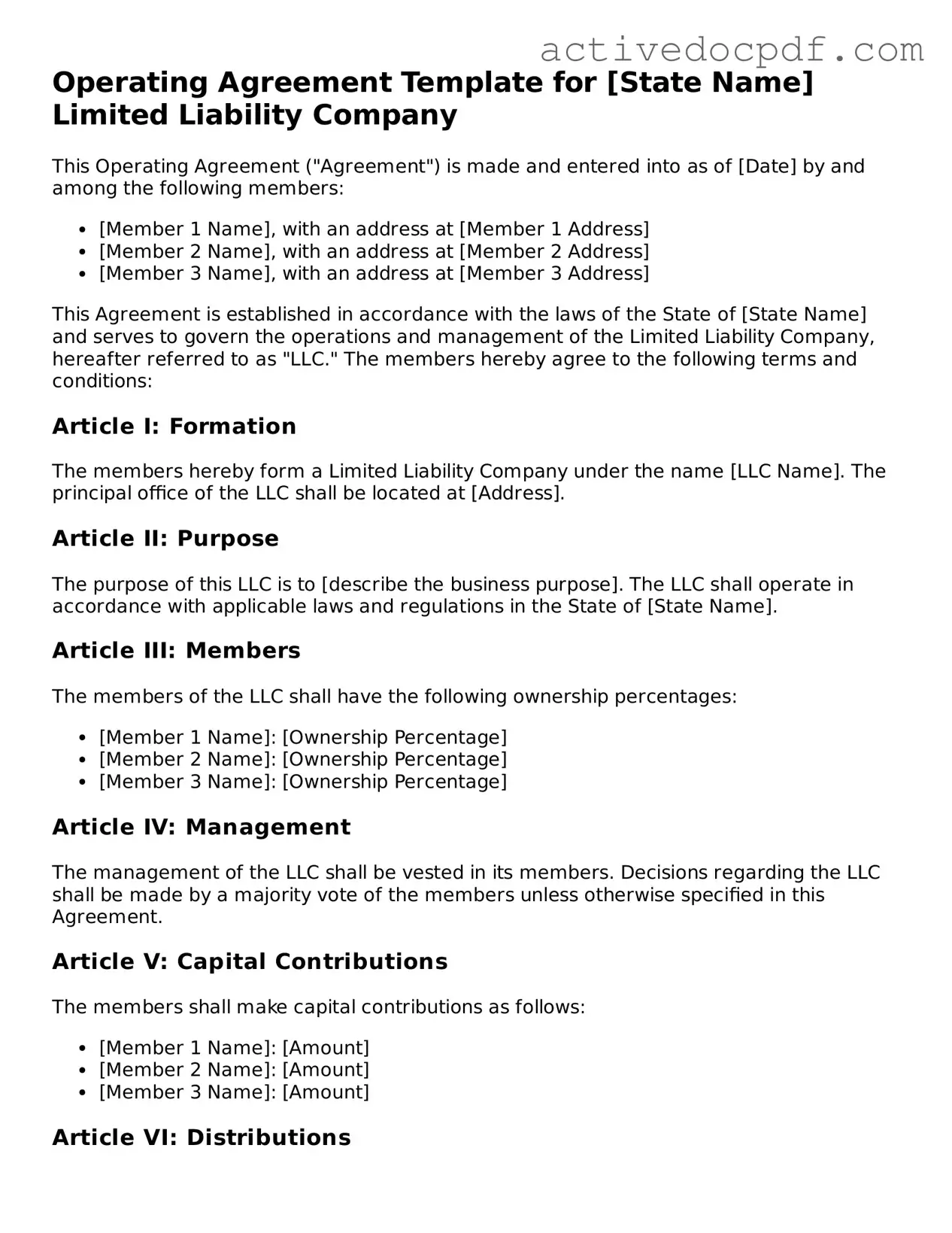What is an Operating Agreement?
An Operating Agreement is a crucial document for limited liability companies (LLCs). It outlines the management structure, responsibilities, and operational procedures of the business. This agreement serves as a blueprint for how the company will function and helps prevent misunderstandings among members.
Why do I need an Operating Agreement?
Having an Operating Agreement is essential for several reasons:
-
It establishes clear guidelines for decision-making and responsibilities.
-
It protects your limited liability status by demonstrating that your LLC is a separate entity.
-
It helps to resolve disputes among members by providing a reference point.
-
Some banks and investors may require an Operating Agreement to open business accounts or provide funding.
Who should draft the Operating Agreement?
While any member of the LLC can draft the Operating Agreement, it is advisable to consult with a legal professional. This ensures that the document complies with state laws and accurately reflects the intentions of all members. A well-drafted agreement can save time and resources in the long run.
What should be included in the Operating Agreement?
Key elements to include in your Operating Agreement are:
-
The name and address of the LLC.
-
The purpose of the business.
-
The roles and responsibilities of each member.
-
Voting rights and procedures.
-
How profits and losses will be distributed.
-
Procedures for adding or removing members.
-
How disputes will be resolved.
-
Termination procedures for the LLC.
Can the Operating Agreement be changed?
Yes, the Operating Agreement can be amended. However, changes should be made according to the procedures outlined in the agreement itself. Typically, this requires a vote among the members. It’s important to document any amendments in writing to maintain clarity and avoid future disputes.
Is an Operating Agreement required by law?
While many states do not legally require an Operating Agreement for LLCs, having one is highly recommended. In states that do require it, failing to create an Operating Agreement can lead to default state rules applying, which may not align with your business goals.
How often should the Operating Agreement be reviewed?
It is advisable to review your Operating Agreement regularly, especially during significant changes in the business, such as adding new members or changing management structures. An annual review can help ensure that the agreement remains relevant and effective.
What happens if I don’t have an Operating Agreement?
Without an Operating Agreement, your LLC may be subject to default state laws, which may not reflect your specific needs or intentions. This can lead to misunderstandings among members and potential legal complications. It’s best to have a clear, customized agreement in place to avoid these issues.
